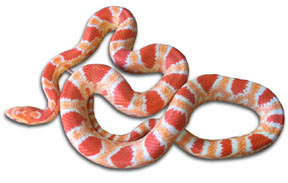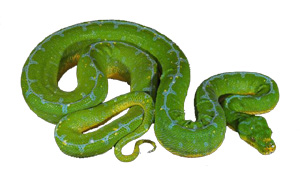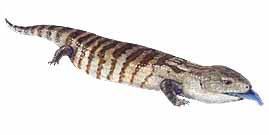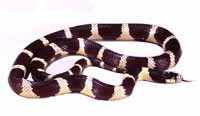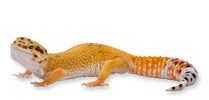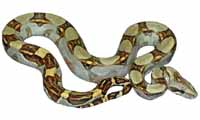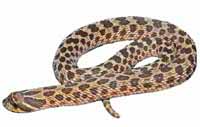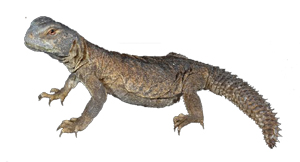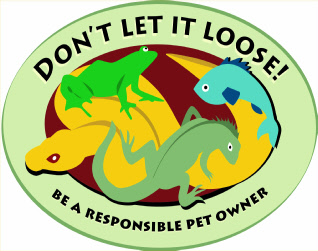|
"NON-VENOMOUS"
|
|
Corn Snake
Elaphe
guttata guttata
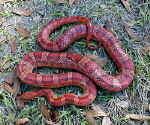
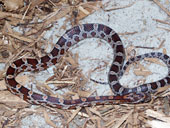
Adults are usually less than 5 feet long.
Lower PIC is hatchling
(EGG LAYER) |
Yellow Rat Snake
Elaphe obsoleta quadrivittata
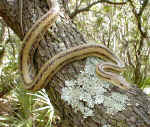
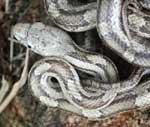
Adults can reach 6 feet. Hatchling resembles adult grey rat
snakes.
(EGG LAYER) |
Gray Rat Snake
Elaphe obsoleta spiloites
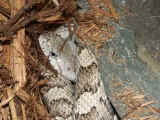
Similar to the yellow rat snake in size and life history.
Historical range is to the west of Duval County. This species is moving
east and is now in Duval. (EGG LAYER) |
|
~~~~~~~~~~~~~~~~~~~~~~~~~~~~~~~~~~~~~~~~~~~~~~~~~~~~~~~~~~~~~~~~~~~~~~~~~~~~~~~~~~~~~~~~~~~~~~~~~~~~~ |
|
Southern
Ringneck
Diadophis punctatus punctatus
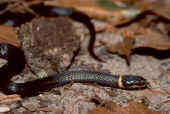
Barely gets over 1 - 1.5 feet.
(EGG LAYER)
|
Scarlet Kingsnake
Lampropeltis triangulum
elapsoides
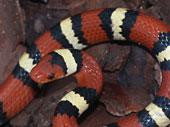
"Red to black, friend of Jack" Rings completely encircle the
body. Usually less than 2 feet.
(EGG LAYER) |
Northern Scarlet Snake
Cemomphora coccinea copei
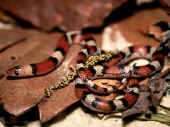
Has saddles. Belly is cream or white. Usually less than 2
feet. (EGG LAYER) |
|
~~~~~~~~~~~~~~~~~~~~~~~~~~~~~~~~~~~~~~~~~~~~~~~~~~~~~~~~~~~~~~~~~~~~~~~~~~~~~~~~~~~~~~~~~~~~~~~~~~~~~ |
|
Eastern Mud Snake
Farancia abacura abacura
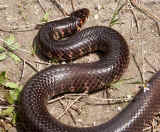
Shiny black with a red belly. A thick-bodied snakes that get to about
4-5 feet. (EGG LAYER) |
Eastern Hognose
Heterodon platirhinos
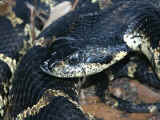
Has an upturned, pointed snout. Feeds almost exclusively on toads.
Usually less than 3 feet.
(EGG LAYER) |
Southern Hognose
Heterodon simus
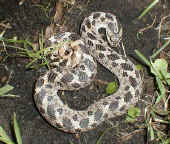
A rare snake of the sandhills. Smaller than the eastern hognose. (EGG
LAYER)
|
|
~~~~~~~~~~~~~~~~~~~~~~~~~~~~~~~~~~~~~~~~~~~~~~~~~~~~~~~~~~~~~~~~~~~~~~~~~~~~~~~~~~~~~~~~~~~~~~~~~~~~~ |
|
Florida Kingsnake
Lampropeltis g. floridana
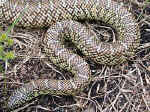
A large, powerful constrictor. gets to 4 - 5 feet.
(EGG LAYER) |
Eastern Kingsnake
Lampropeltis g. getula

A very attractive dark snake with light crossbands.
(EGG LAYER) |
Southern Black Racer
Coluber constrictor
priapus
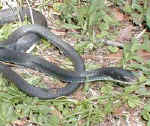
A very fast shiny, black snake with a very noticable white throat. Up to
5 feet.
(EGG LAYER) |
|
~~~~~~~~~~~~~~~~~~~~~~~~~~~~~~~~~~~~~~~~~~~~~~~~~~~~~~~~~~~~~~~~~~~~~~~~~~~~~~~~~~~~~~~~~~~~~~~~~~~~~ |
|
Florida Pine Snake
Pituophis
melanoleucus mugitis
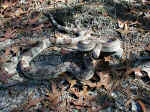
A light colored snake with darker blotches and a light
belly. Hisses VERY loudly when agitated. Up to 5-6 feet. (EGG LAYER) |
Eastern Coachwhip
Masticophis flagellum
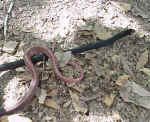
Usually two-toned (black anterior and light posterior). VERY
fast and hard to catch. Up to 6-7 feet.
(EGG LAYER) |
Florida Crowned Snake
Tantilla relicta neilli
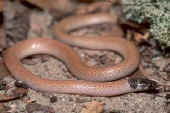
A very small black-headed snake that is usually less than 1 foot. (EGG
LAYER) |
|
~~~~~~~~~~~~~~~~~~~~~~~~~~~~~~~~~~~~~~~~~~~~~~~~~~~~~~~~~~~~~~~~~~~~~~~~~~~~~~~~~~~~~~~~~~~~~~~~~~~~~ |
|
Rough Green Snake
Opheodrys aestivus
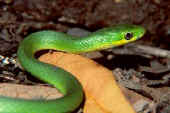
Bright green on top, yellowish on the belly. Usually less than 2-3 feet.
(EGG LAYER) |
Banded Water Snake
Nerodia fasciata
pictiventris
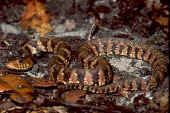
Differentiated from the venomous cottonmouth by having ROUND
pupils. Usually less than 4 feet.
(LIVE BEARER) |
Striped Crawfish Snake
Regina alleni
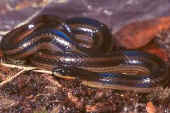
Feeds mostly on crawfish. Less than 2 feet. |
|
~~~~~~~~~~~~~~~~~~~~~~~~~~~~~~~~~~~~~~~~~~~~~~~~~~~~~~~~~~~~~~~~~~~~~~~~~~~~~~~~~~~~~~~~~~~~~~~~~~~~~ |
|
Glossy Crawfish Snake
Regina rigida rigida
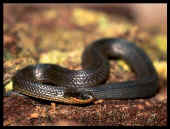
Feeds mostly on crawfish. Less than 2 feet. |
Pine Woods Snake
Rhadinaea flavilata
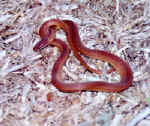
A very secretive snake that is seldom seen above ground.
Usually less than 18 inches.
(EGG LAYER) |
N. Florida Swamp Snake
Seminatrix pygaea pygaea
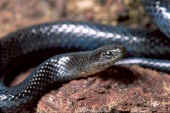
|
|
~~~~~~~~~~~~~~~~~~~~~~~~~~~~~~~~~~~~~~~~~~~~~~~~~~~~~~~~~~~~~~~~~~~~~~~~~~~~~~~~~~~~~~~~~~~~~~~~~~~~~ |
|
Florida Brown Snake
Storeria dekayi victa
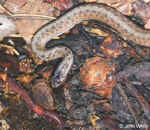
A small brown snake whose head is noticeably smaller than
its body. Usually less than 15 inches.
(LIVE BEARER) |
Florida Redbelly Snake
Storeria occipitomaculata
obscura
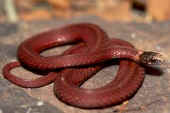
Similar in size to the brown snake.
(LIVE BEARER) |
Eastern Garter Snake
Thamnophis sirtalis sirtalis
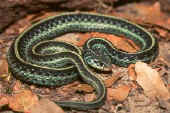
The "grass snake" The stripe on the back is the main
identifier. Usually less than 3 feet.
(LIVE BEARER) |
|
~~~~~~~~~~~~~~~~~~~~~~~~~~~~~~~~~~~~~~~~~~~~~~~~~~~~~~~~~~~~~~~~~~~~~~~~~~~~~~~~~~~~~~~~~~~~~~~~~~~~~ |
|
Eastern Indigo
Drymarchon corais couperi
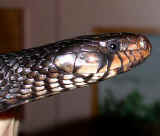
A large snake (up to 7+ feet) that is federally protected!
(EGG LAYER) |
Rainbow Snake
Farancia e. erythrogramma
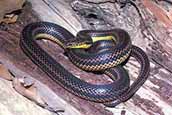
Shiny black with a red belly. A thick-bodied snakes
that get to about 4-5 feet.
(EGG LAYER) |
|
|
 VENOMOUS VENOMOUS
 |
|
|
|
|
|
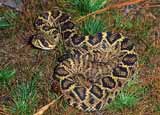
Eastern Diamondback Rattlesnake
Crotalus adamanteus |
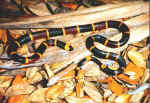
Eastern Coral Snake
Micrurus fulvius |
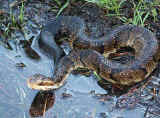
Florida Cottonmouth
Agkistrodon piscivorus
conanti |
| |
|
|
|
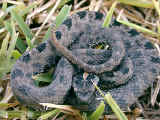
Dusky Pygmy Rattlesnake
Sistrurus miliarius
barbouri |
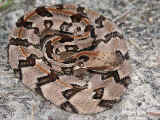
Canebrake Rattlesnake
Crotalus horridus |
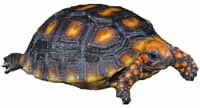
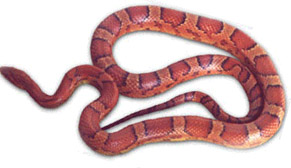
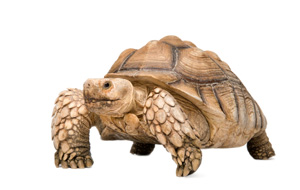

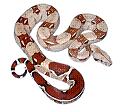






























 VENOMOUS
VENOMOUS






